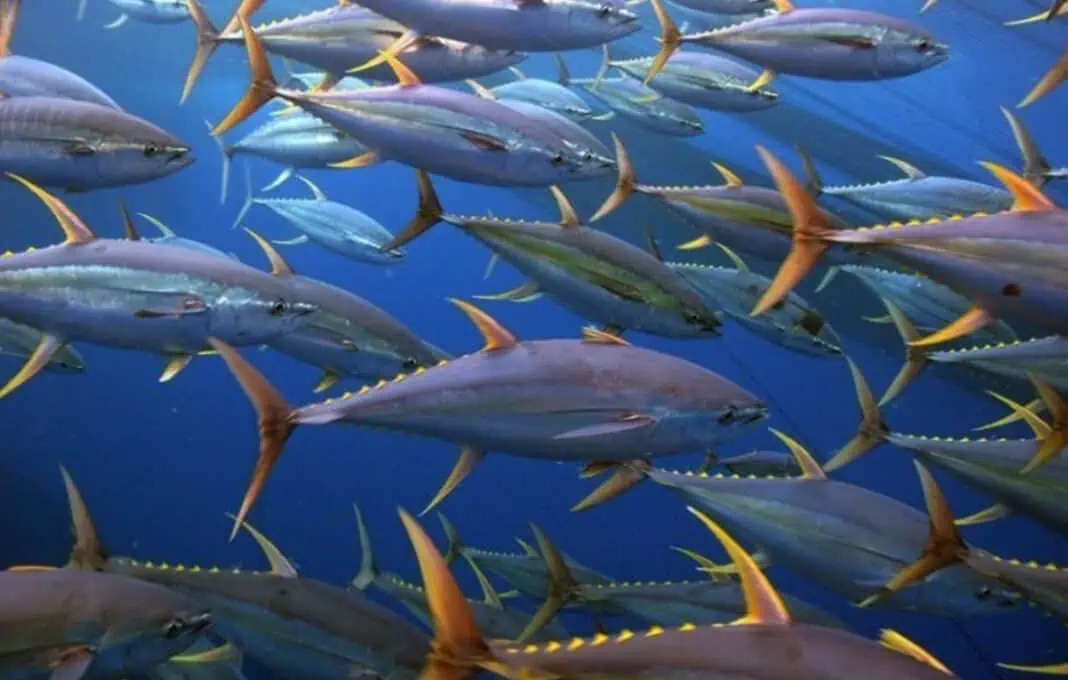The International Seafood Sustainability Foundation (ISSF) has released its latest “Status of the Stocks” report, showing that most tuna catch comes from healthy stocks.
The report found that 87% of the global catch comes from stocks that are at a “healthy” level of abundance. While this was similar to the report of November 2024, the good news relates to overfished stocks. The latest report found that 2% of the global catch came from overfished stocks. This is a decline of 8 percentage points since November.
Key findings of the latest “Status of the Stocks” report include:
- Globally, 65% of tuna stocks are at healthy abundance levels, overfished stocks decreased to 9%, while intermediately abundant levels are at 26%.
- Fishing mortality has improved, with 91% of stocks not experiencing overfishing and an overall reduction in overfishing to around 4%.
- Purse seining dominates tuna catches, accounting for 66%, followed by longline, pole-and-line, gillnets and miscellaneous gears.
- The largest tuna catches remain unchanged with the five largest species as follows: Western Pacific skipjack and yellowfin, Indian Ocean skipjack and yellowfin, and Eastern Pacific skipjack.
- The total tuna catch in 2023 was 5.2 million tons, a 1% decrease from 2022. Skipjack and yellowfin comprised the majority of the catch.
The International Seafood Sustainability Foundation (ISSF) is a global partnership of seafood companies, scientists and environmental groups. Its goal is to advance science-driven initiatives for sustainable tuna fisheries.
The organization helps fisheries achieve Marine Stewardship Council certification through efforts focused on conservation, ecosystem health and illegal fishing prevention.

